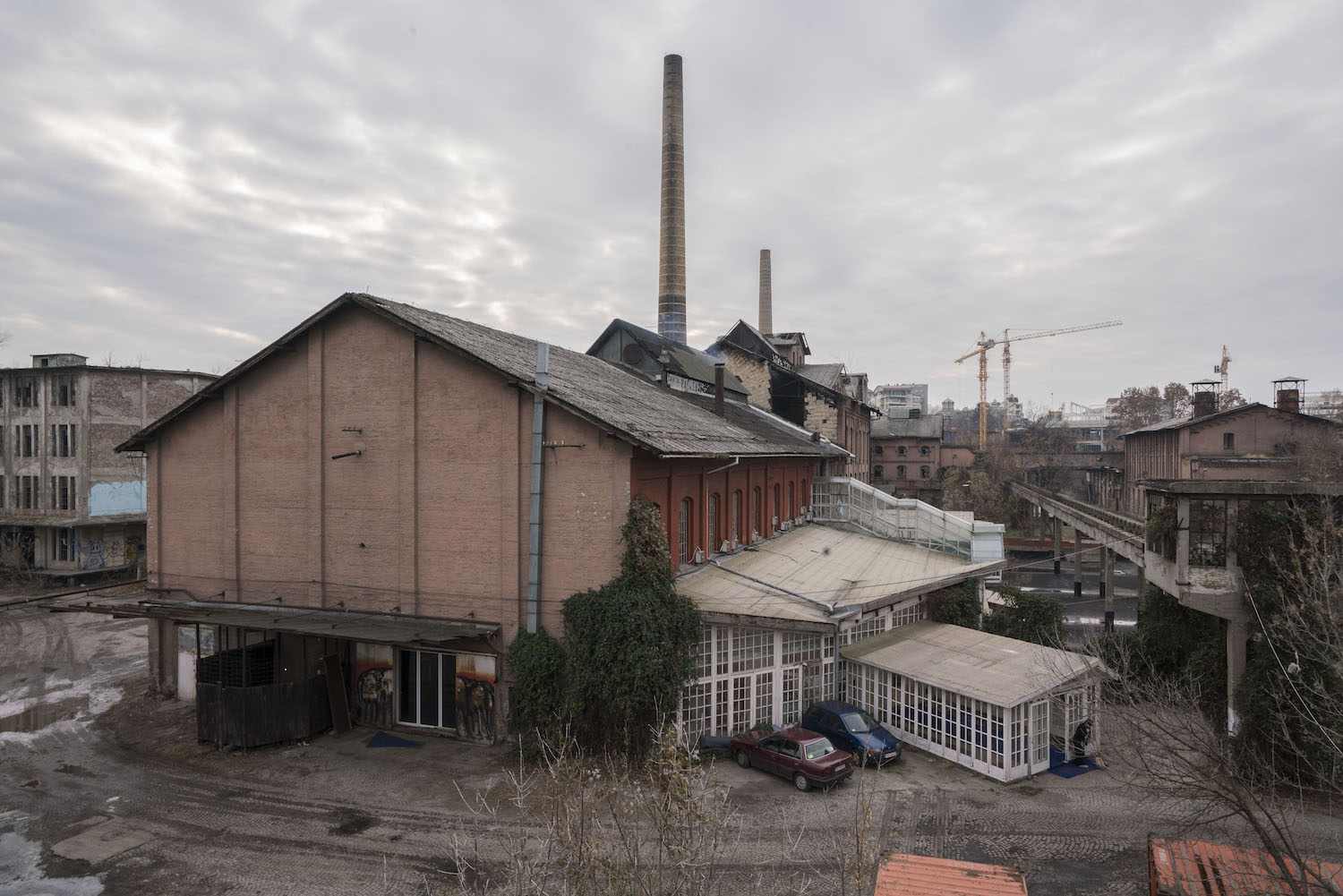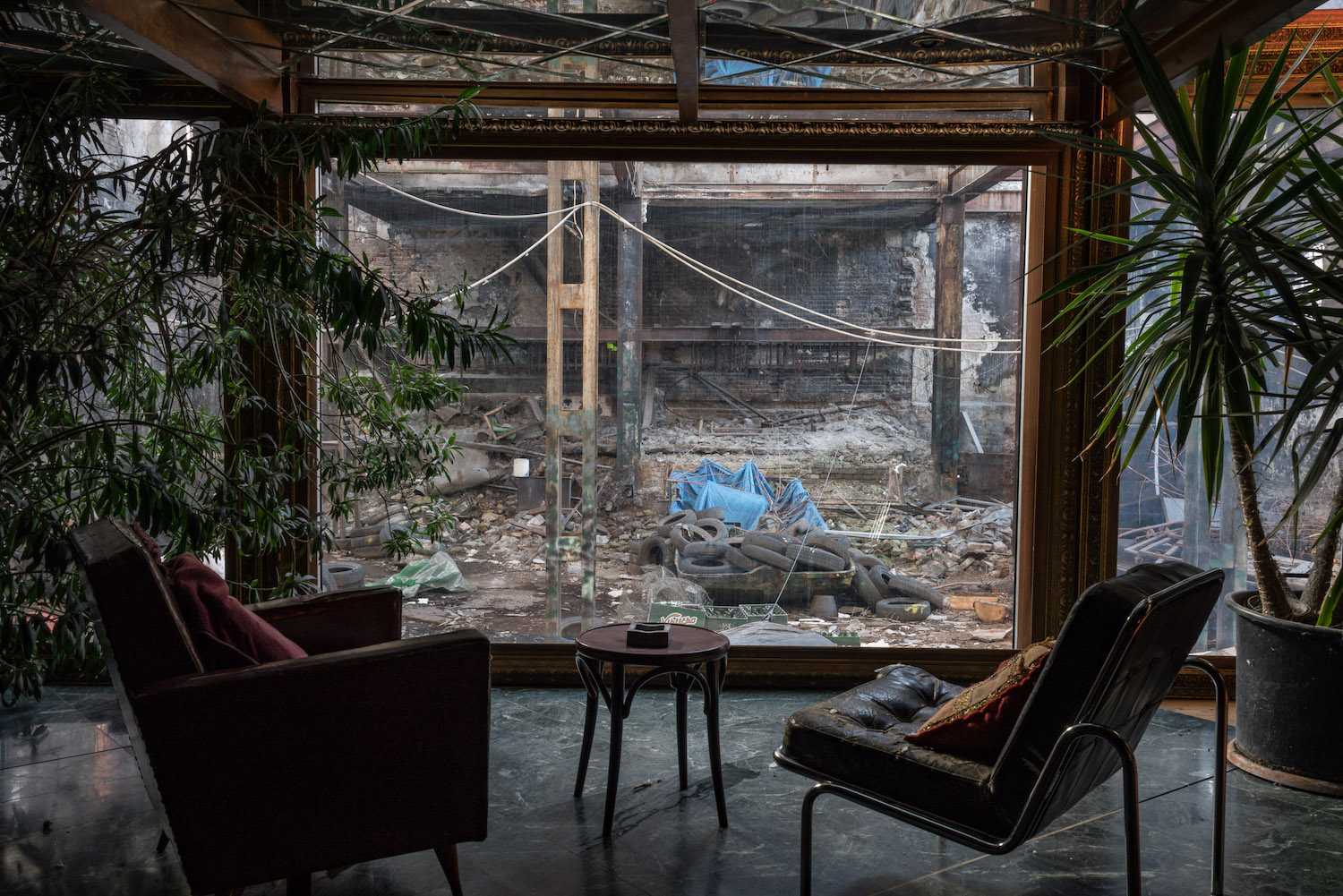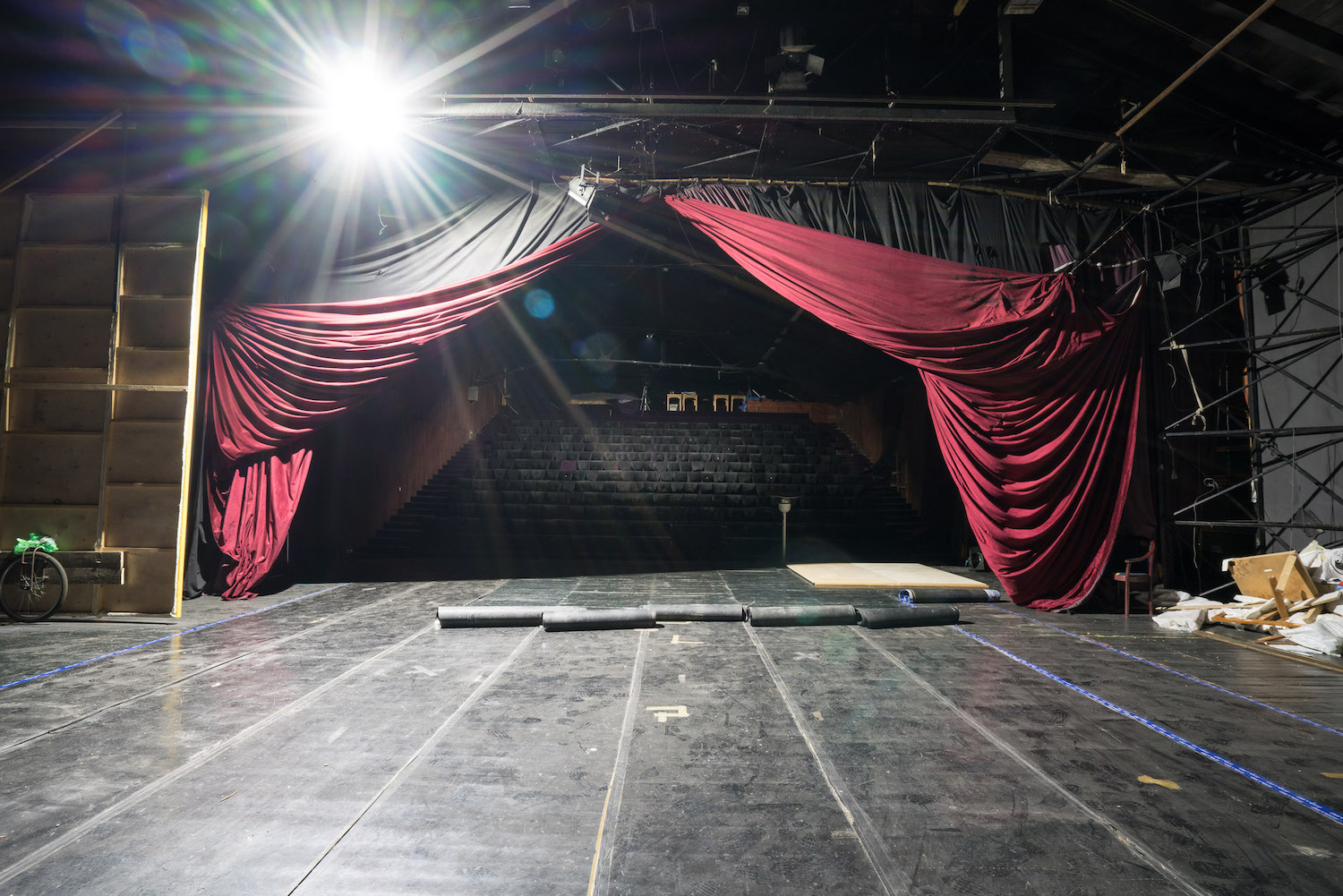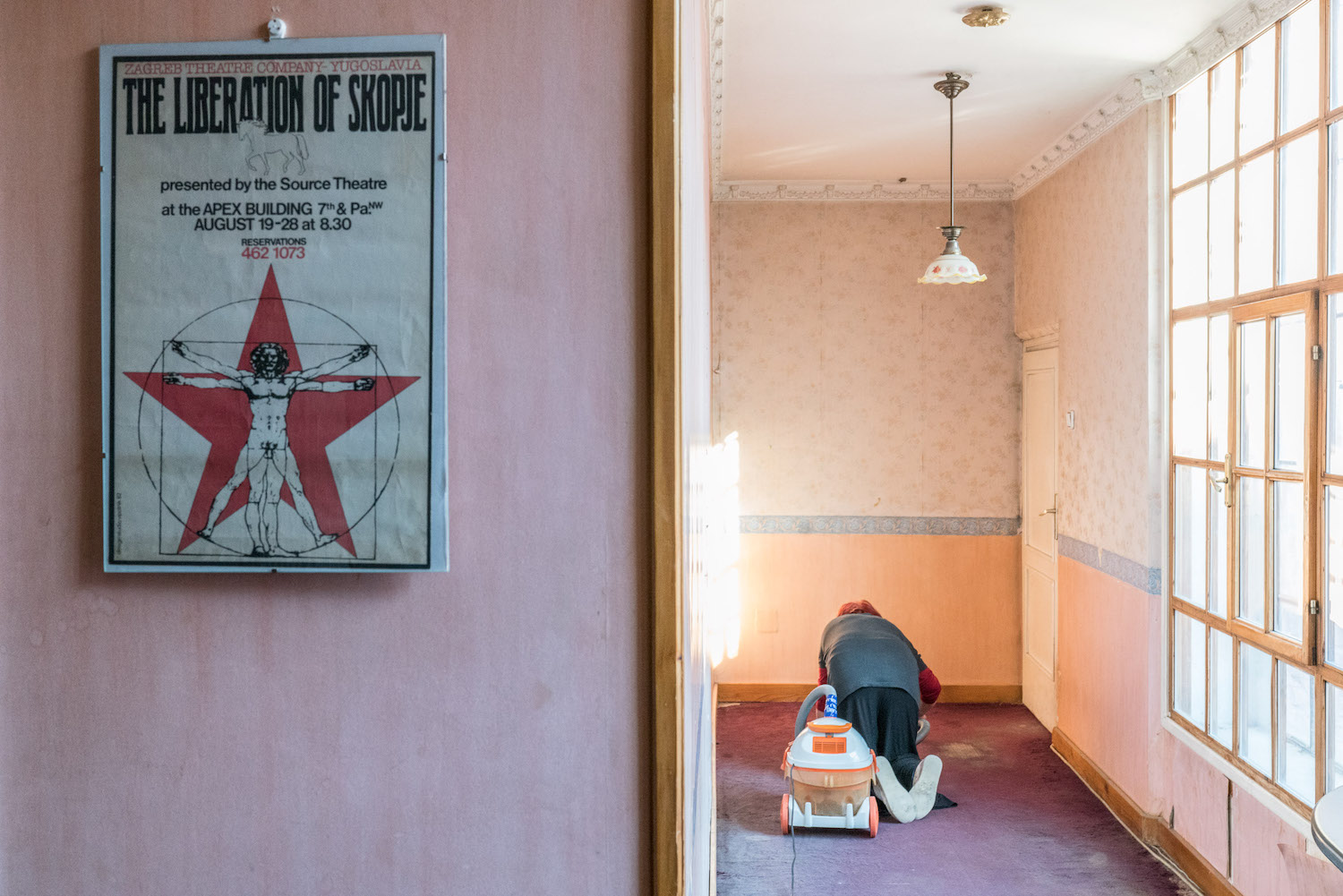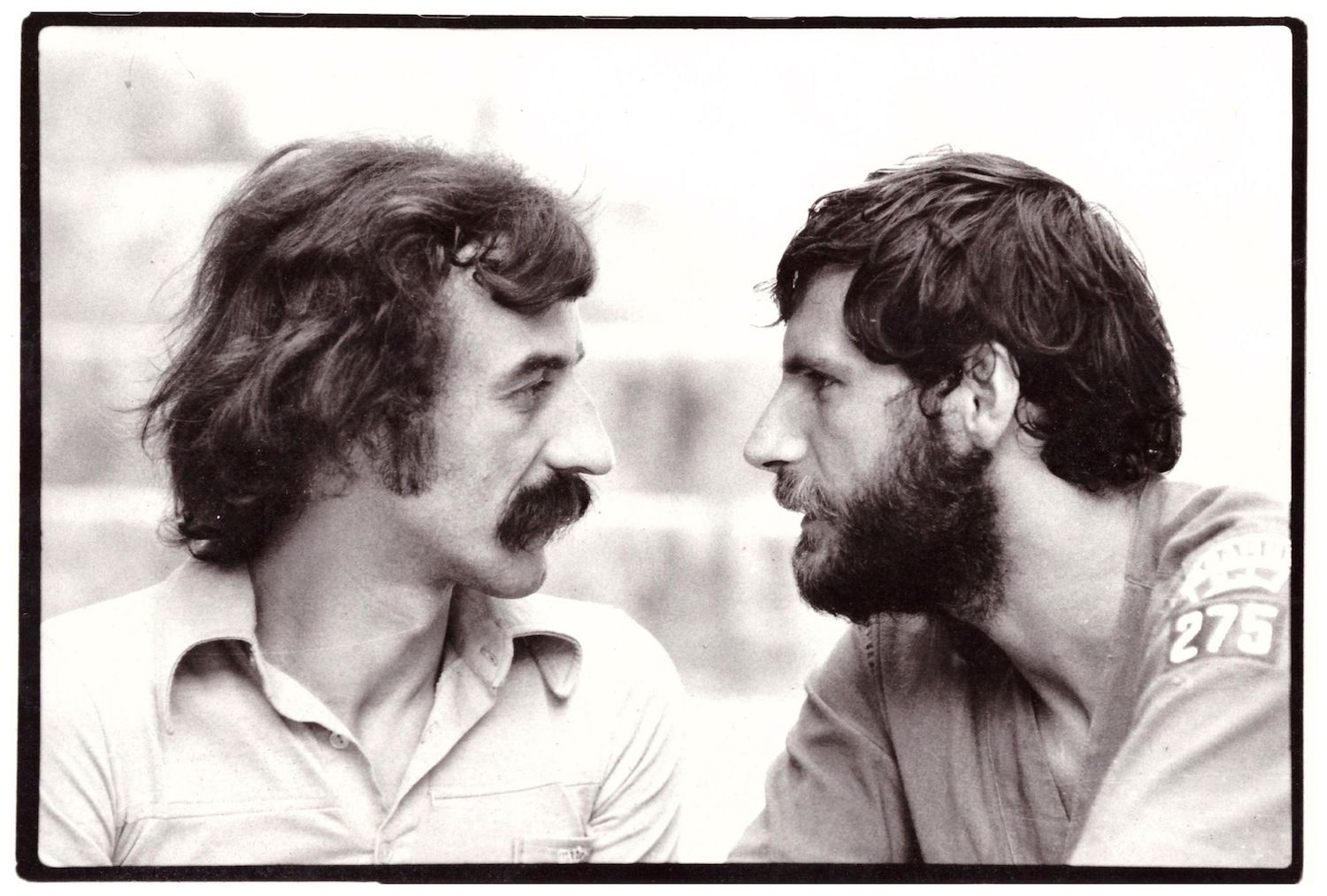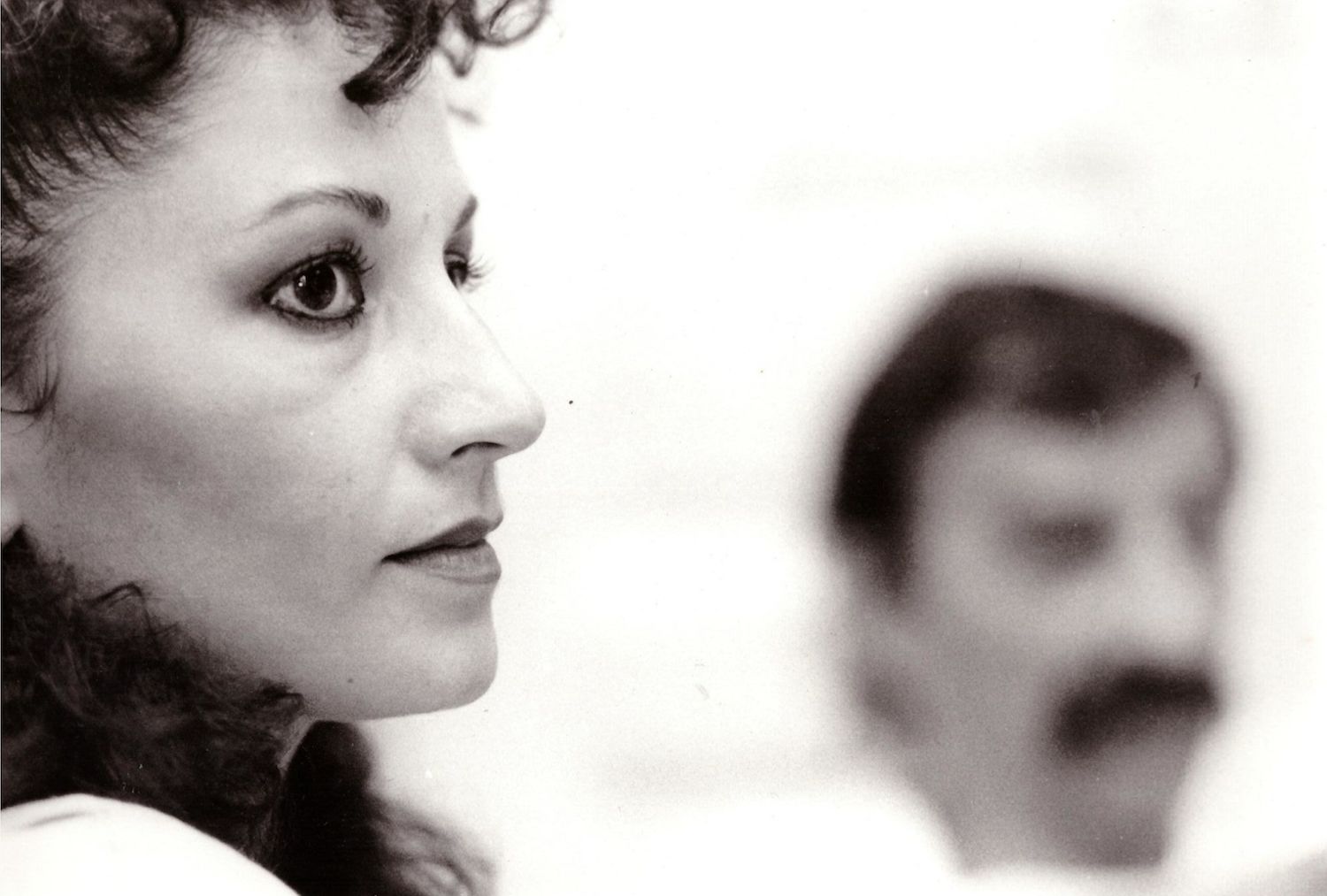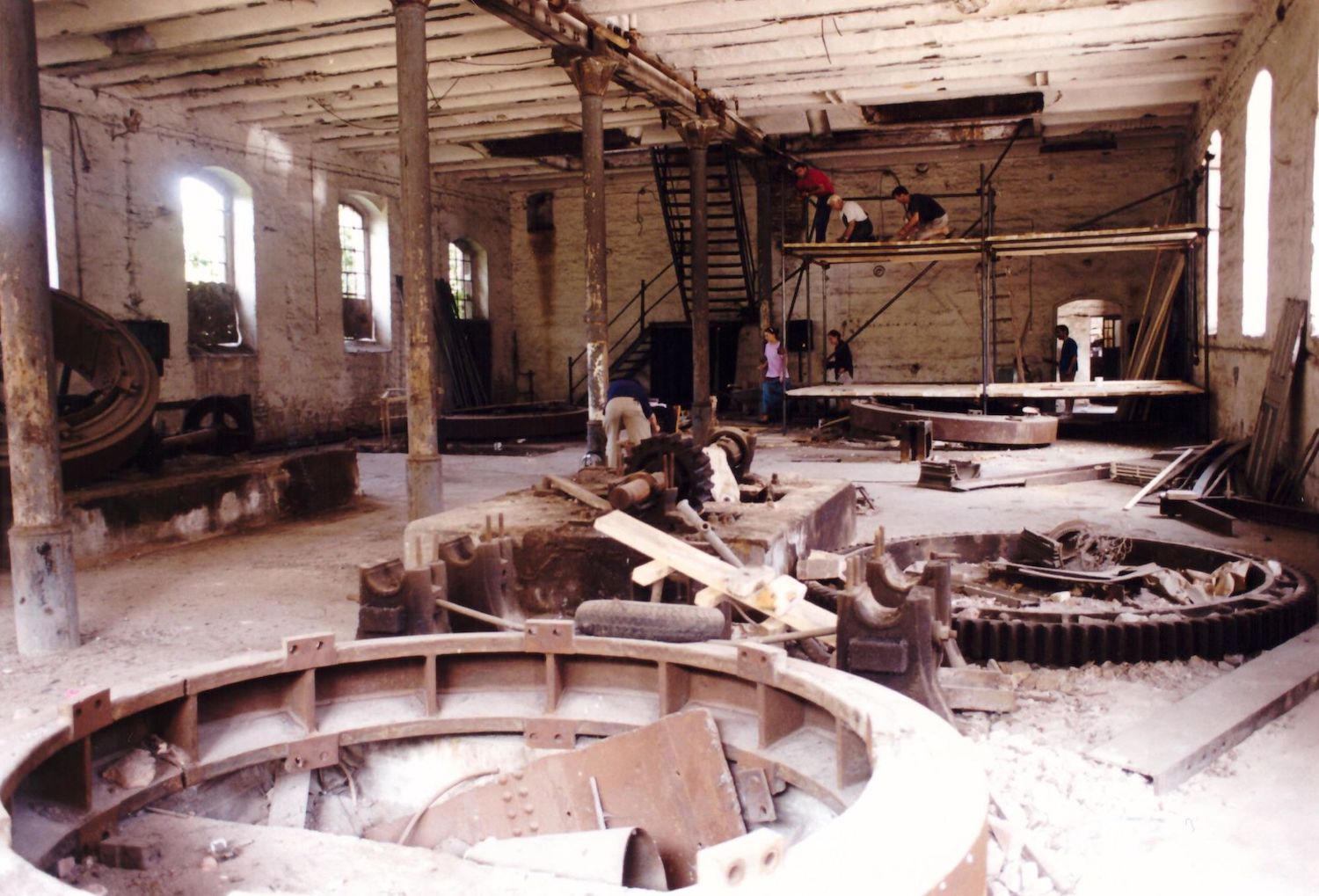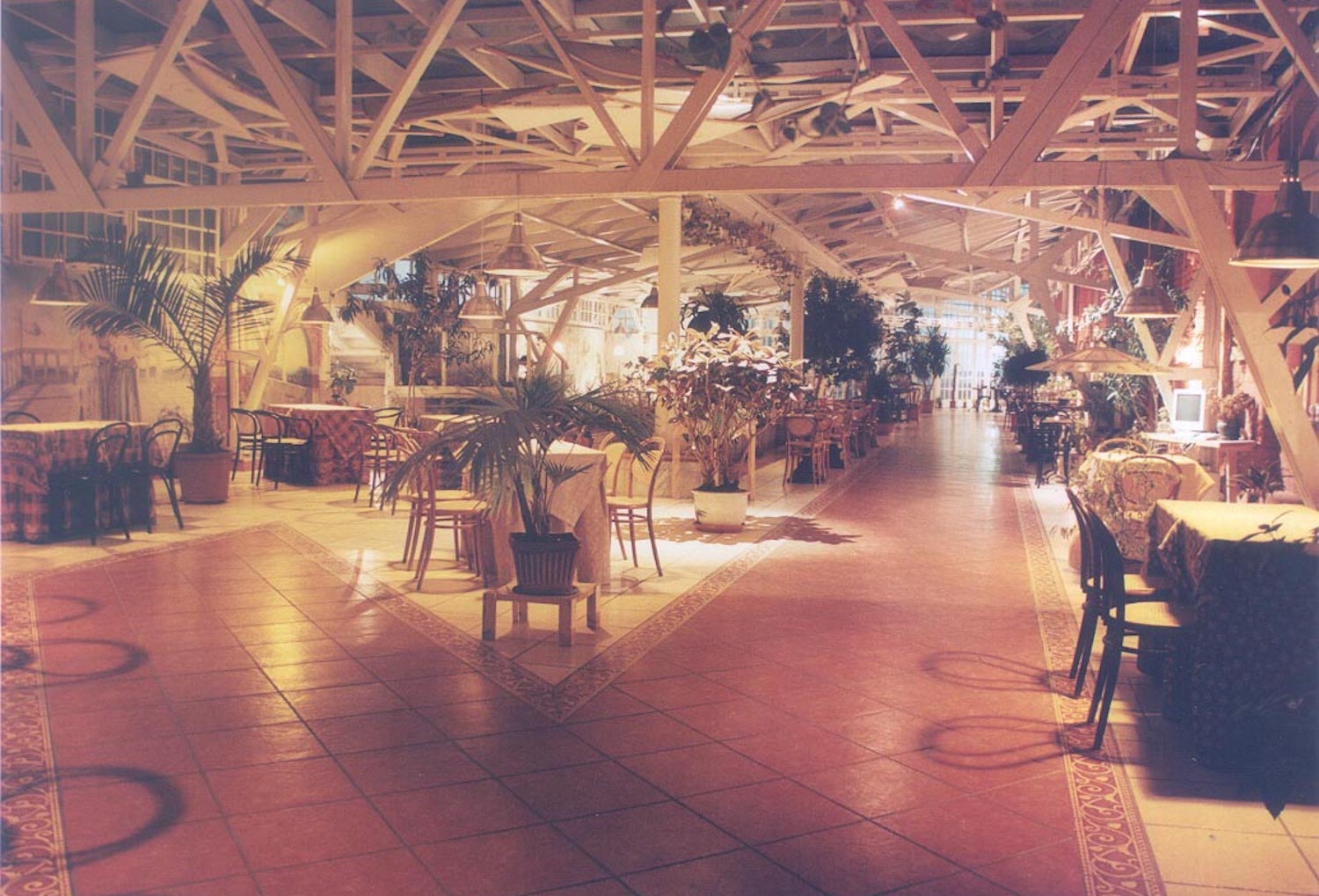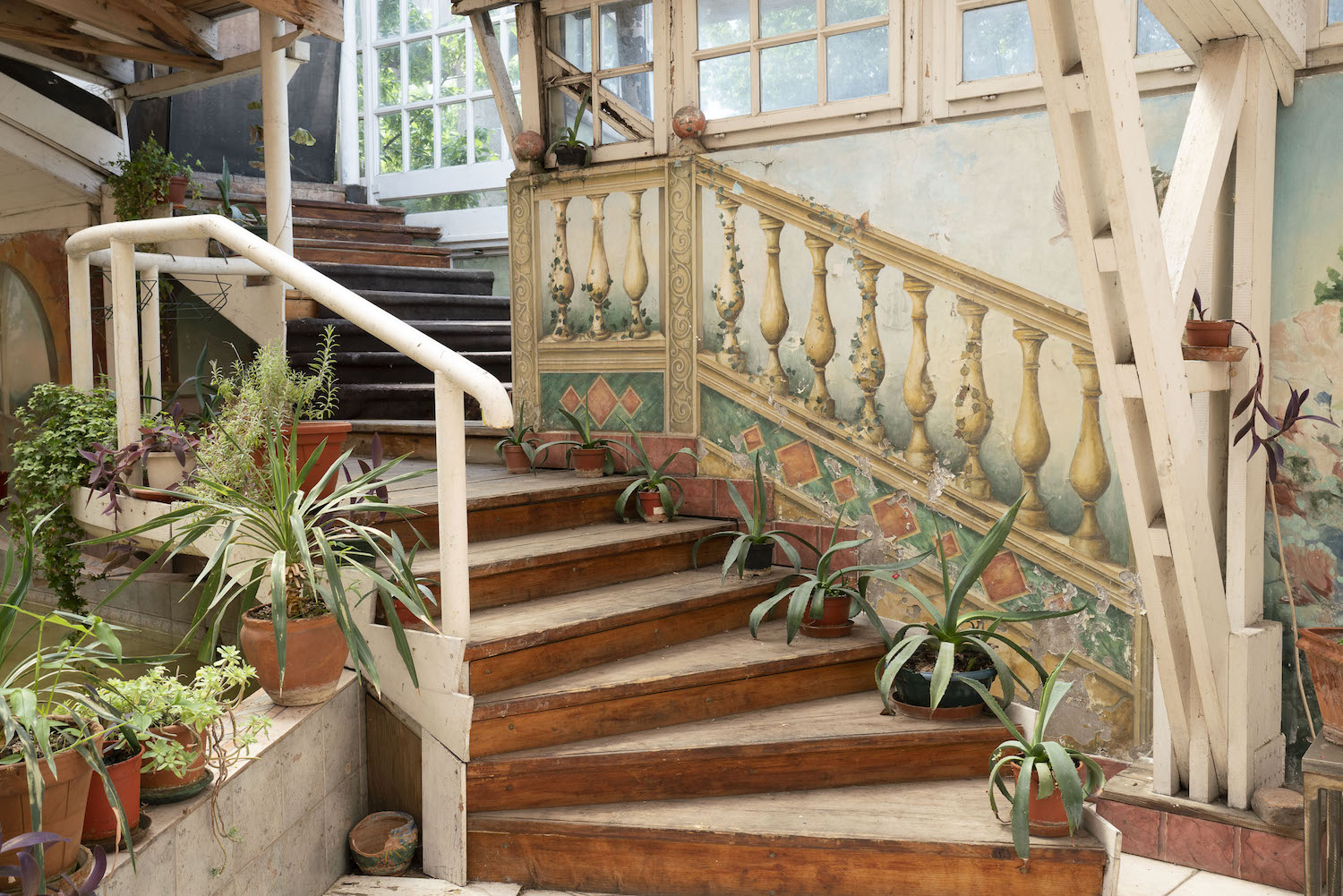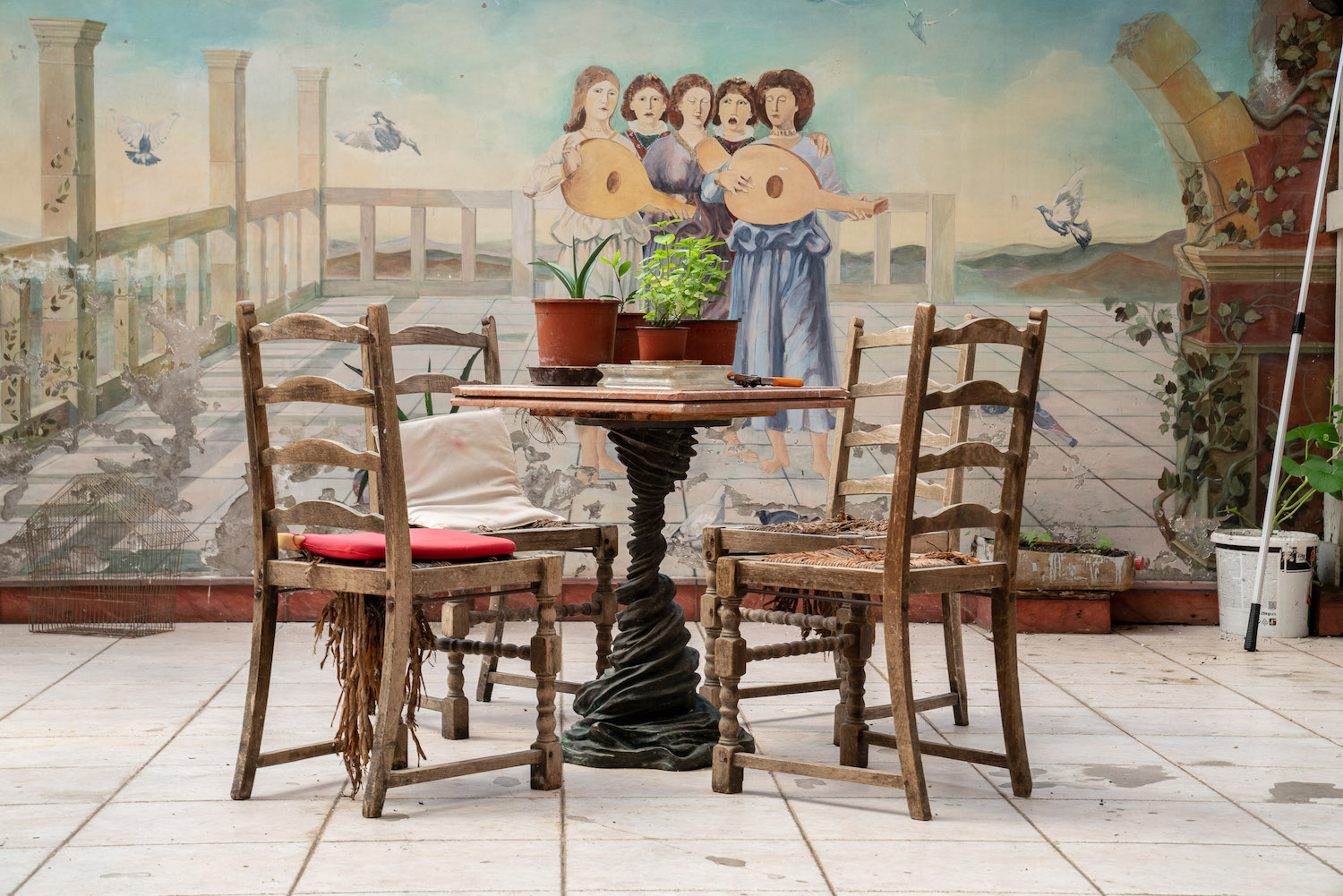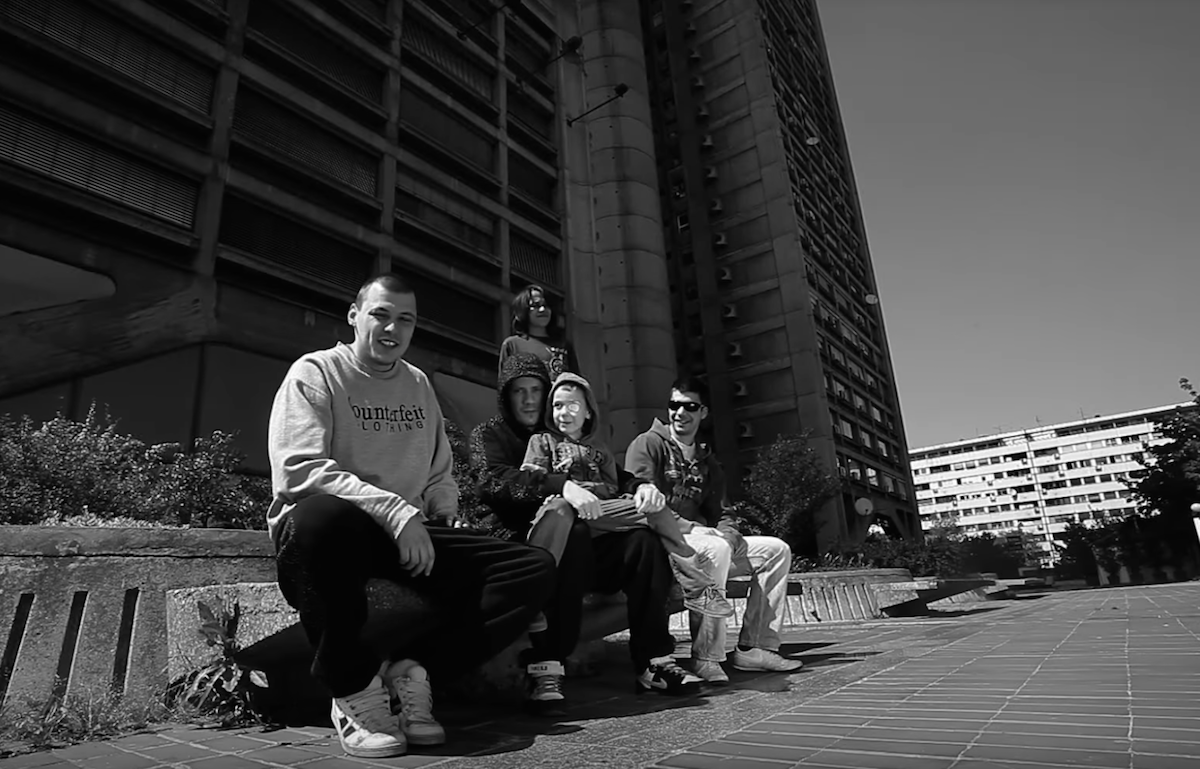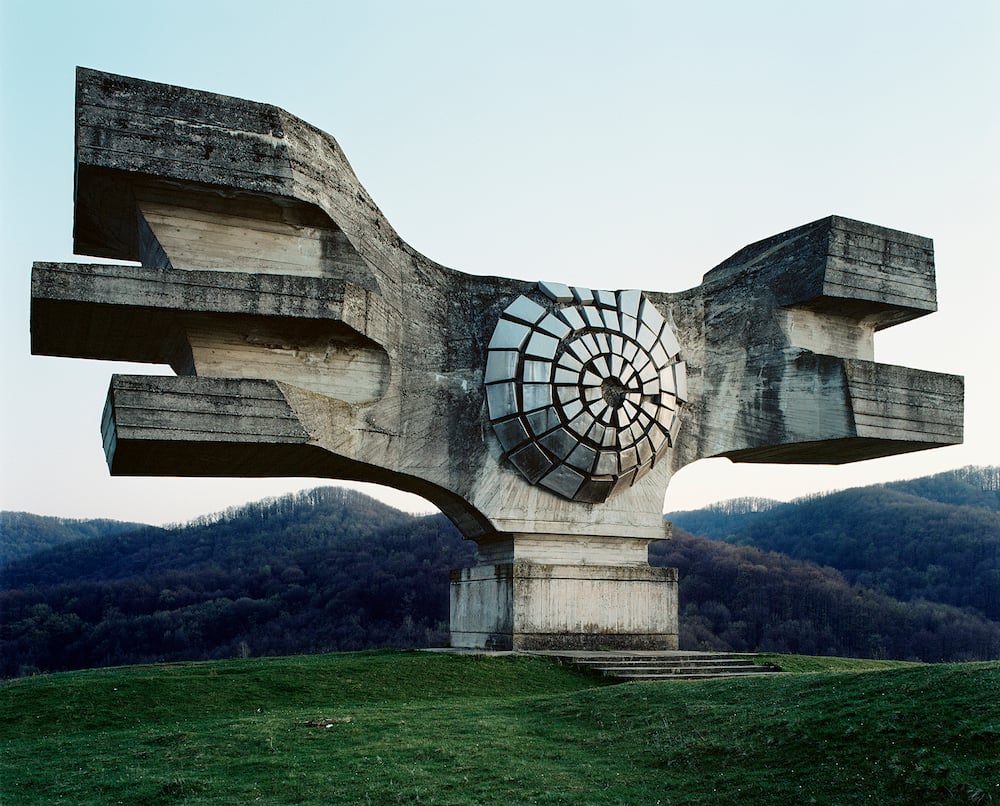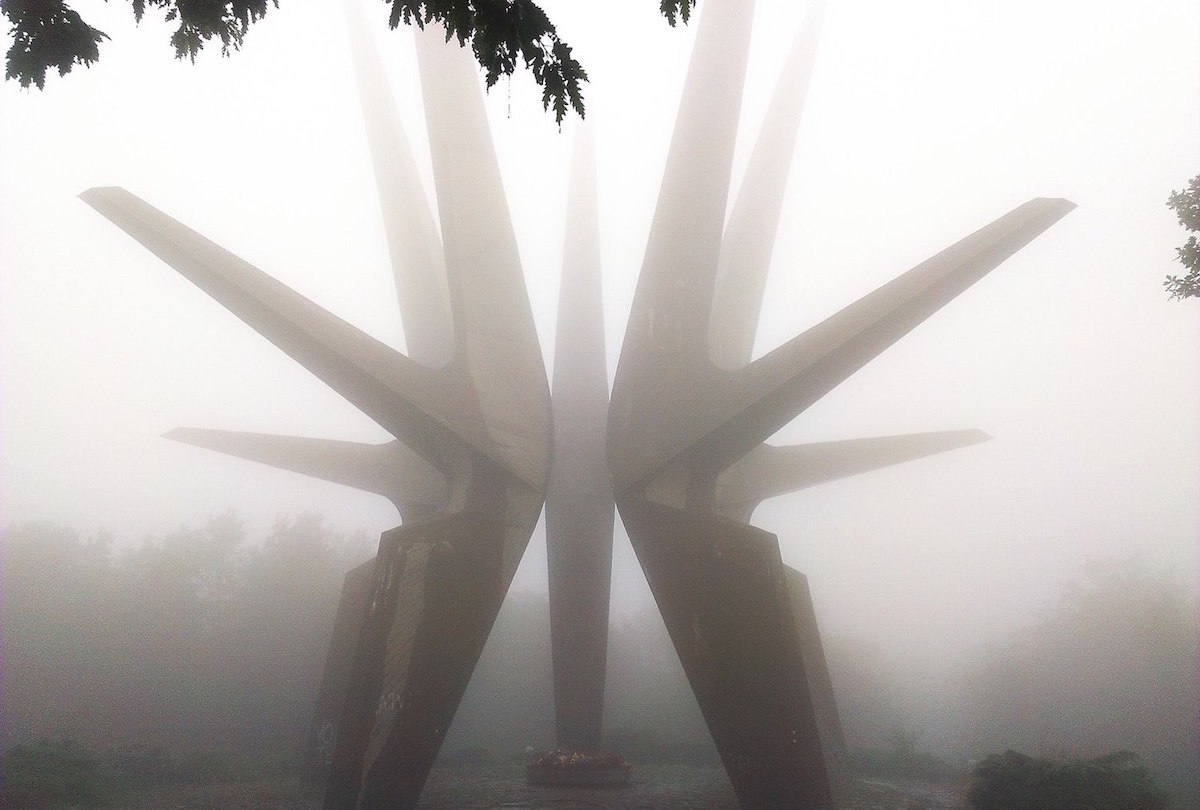Meet the man who built Belgrade’s theatre of broken dreams, where the Yugoslav ideal lived and died
Ljubiša Ristić was once the daring star of Yugoslav theatre. Then the state he had dedicated his life and art to collapsed into bloodshed. This is the story of how loyalty to a political ideal ruined a cultural icon.
Among the dilapidated structures of an old industrial district in Belgrade is a crumbling, 19th-century factory. The building, once Yugoslavia’s largest sugar refinery, stands proudly even as parts of its roof succumb to gravity and its red-brick walls gently bow in sympathy. One section of the building, however, remains intact: windows glazed, roof sealed, brickwork perpendicular. In winter, a small steel chimney emits a thin trail of smoke.
In fact, this 50-metre stretch of The Sugar Factory houses a 450-seat avant-garde theatre, as well as a ballet hall, restaurant, bar, greenhouse, and a giant birdcage full of brightly-coloured parakeets. Its palatial spaces and cosy corners blend elements of an ancient temple with a Bond villain’s lair: faux-Roman columns stand by glittering Egyptian arches; murals depict characters from Eastern mythology meeting those from European classics; a grand piano rests on a marble floor under a ceiling of shimmering LED stars, next to a wall of tube televisions.
This is the eponymous home of KPGT, a theatre troupe led by enigmatic director Ljubiša Ristić. Now 72, he is energetic, articulate, and full of charisma. His presence fills the room with an air of unpretentious knowing: a man who has seen it all, remembered every detail, and continued unfazed. In the days when Belgrade was the capital of Yugoslavia, Ristić and KPGT were an international sensation. Today, the director is a controversial character in Serbia and the theatre lies mostly quiet, the restaurant’s ovens cold, the stage empty.
Ristić’s story is one of a cultural icon caught up in a destructive battle for power. His biography maps the rise and collapse of Yugoslavia itself, with all the idealism, compromise, and brutality that ultimately entailed. And, after two decades struggling to survive, there are signs that the story of this man and his theatre might not be over just yet.
Yugoslavia was birthed in the Partisan struggle against Nazi occupation, led by Josip Broz Tito. After the war, Tito united six nation states (Croatia, Slovenia, Serbia, Montenegro, Bosnia and Herzegovina, and Macedonia), along with two autonomous regions (Vojvodina and Kosovo), into a centralised communist republic, promoting “Brotherhood and Unity” while forcefully suppressing nationalist sentiment.
Ristić’s biography maps the rise and collapse of Yugoslavia itself, with all the idealism, compromise, and brutality that ultimately entailed
As the post-war state developed into a global force, prospering in a neutral position between the Cold War superpowers, Ristić, the son of prominent wartime partisans, was growing up in Pristina, Kosovo. Taking after his parents, Ristić was politically minded and a staunch supporter of the federalism of the communist state. He joined the ruling party, the League of Communists, in 1962, aged 16. Six years later, he played a significant role in the 1968 student protest movement, opposing Titoist reforms that he felt betrayed the country’s roots. He left the party in 1971, unable to accept its continued move toward the political centre, which had seen significant powers devolved to Yugoslavia’s individual states, something Ristić feared would lead to a rise in nationalism. Away from politics, Ristić completed his degree at the Belgrade Academy of Theatre, and by the mid-70s was a rising star of stage direction.
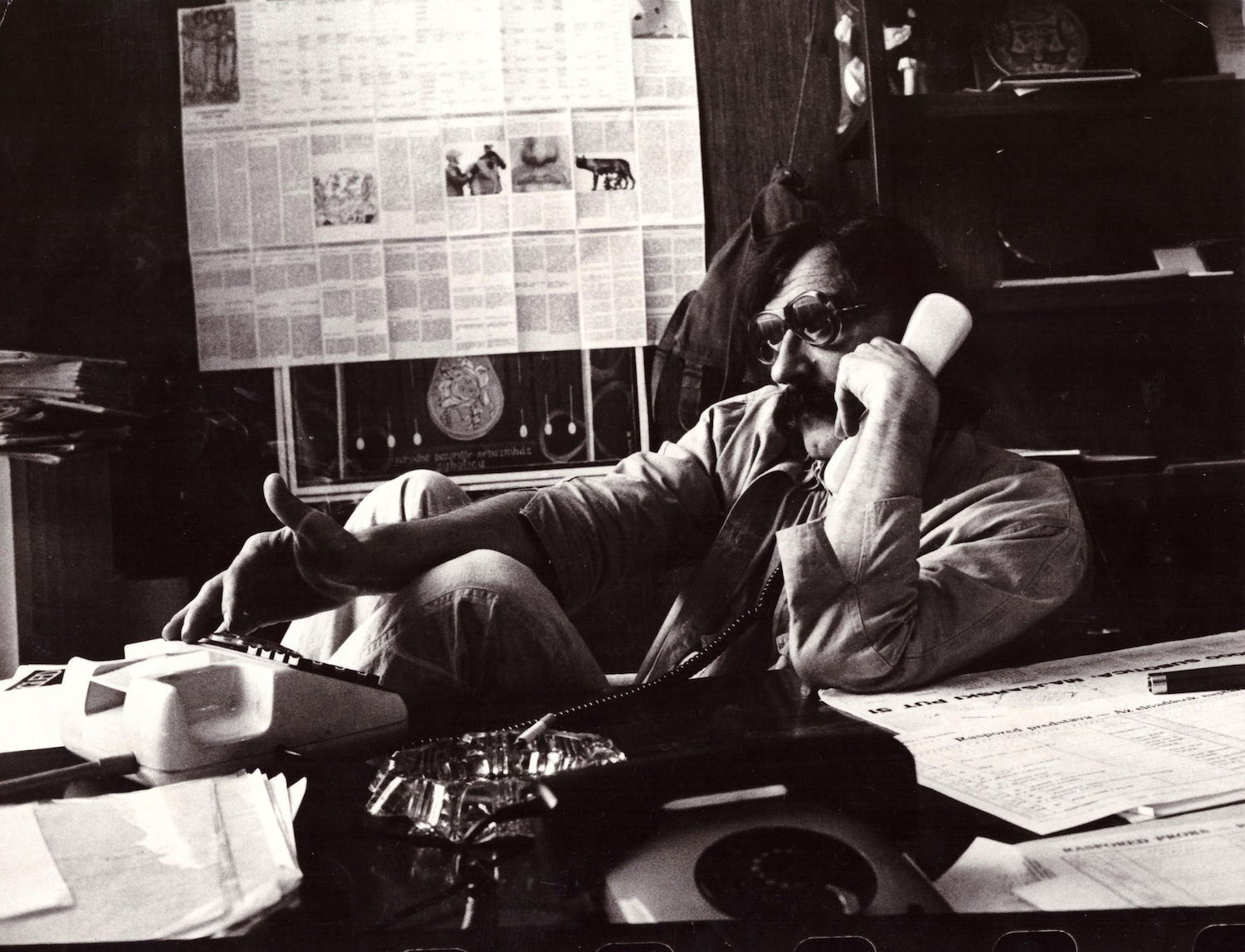
When nationalist movements indeed began to take hold across the federation, the director saw an opportunity to promote unity through culture. In 1977, he formed a theatre troupe with Croatian choreographer Nada Kokotović, Slovenian playwright Dušan Jovanović, and Croatian (now Hollywood) actor Rade Šerbedžija. Ristić says that the idea was to collect “the diversity [of Yugoslavia] in a unified cultural space, to preserve these differences which were the richness of society.” They called the troupe “KPGT” — the first letters of the words for “theatre” in four Yugoslav languages.
By the early 1980s, KPGT was a critically acclaimed company operating on the global stage. Their largest production, Carmina Burana, was seen by over 100,000 people in its first fortnight at the Belgrade Sava Centre. Meanwhile, The Liberation of Skopje — one of KPGT’s most renowned productions — would ultimately be performed over 800 times in cities throughout the world, including New York, London, and Moscow.
Contrary to other Yugoslav troupes, KPGT operated without state subsidies, both to maintain freedom of expression and because, for Ristić, ticket sales were the only valuable measure of success: while subsidies kept tickets affordable, they also reduced the appetite for creative risk. Reviewing the US premiere of The Liberation of Skopje in Denver in 1982, the American magazine Bravo positively described KPGT as an “aberration” from the routine and conventional Yugoslav productions emerging at the time.

In 1985, Ristić found KPGT a permanent home in the struggling national theatre in the city of Subotica, Vojvodina. Ristić discovered a staff comprised of bickering nationalities — a microcosm of the growing disagreements between the Yugoslav states — and began forging a unified company able to produce the kind of spectacles that soon placed the city on the cultural map. Danka Palian, a company member from Sarajevo, recalls that Ristić “impressed upon the team his belief that ‘there is one universal language, and it’s the language of theatre’.”
By the end of the 80s, Ristić was one of Yugoslavia’s most important directors, known for a pointed and experimental style that confronted the issues of the day. Festivals organised by KPGT regularly included hundreds of performers from around Yugoslavia and beyond, operating on stages located in multiple cities simultaneously.
“I was given names like ‘the father of political theatre’,” recalls Ristić. “That wasn’t true. We were not using theatre for political activism. We used political themes to tell the stories of life.”
Outside of the theatre, nationalist sentiments were escalating into sporadic violence. Tito’s death in 1980 had fractured the national psyche, and foreign powers, keen to see Yugoslavia’s influence reduced, took the opportunity to stoke division.
In 1986, Slobodan Milošević became leader of the Serbian League of Communists. In order to gain support among Serbian nationalists, he had exploited opposition to Kosovar independence. Once elected, he took control of both Kosovo and Vojvodina by revoking devolved powers, and helped his allies into power in Montenegro. This imbalance of power provided fuel for nationalist movements across the union and, in 1991, Slovenia and Croatia declared independence, triggering war. Over the next four years, the dream of a united Yugoslavia disintegrated in horrifying, bloody fashion.
_Tatjana_Krstevski_NON-ALIGNED_FILMS.jpg)
While Ristić stood opposed to the violence and avoided attachment to any side, the war immediately affected KPGT. Some of the troupe, including its co-founders residing outside Serbia, became detached, and cultural sanctions imposed by the UN made it impossible to tour outside the country, decimating their budget. “We could make $1 million a year in America or Europe,” Ristić says. “Under cultural sanctions, we had no possibility to go abroad.” Unable to travel, KPGT extended their operations to Belgrade in 1994. They squatted the derelict Sugar Factory and began performing to small audiences without windows, doors, power, or water.
When the violence came to a temporary end in 1995, Milošević had recast himself as peacemaker and began promoting “unity” among what remained of the federation. Milošević‘s influential wife and confidante, Mira Marković, decided to counter growing Serbian nationalist forces — which included her husband’s Socialist Party of Serbia (SPS) — with a more traditional form of Yugoslav communism. She formed a new party, The Yugoslav Left (JUL), merging 19 smaller left-wing parties, and began searching for a charismatic leader to unite its various factions.
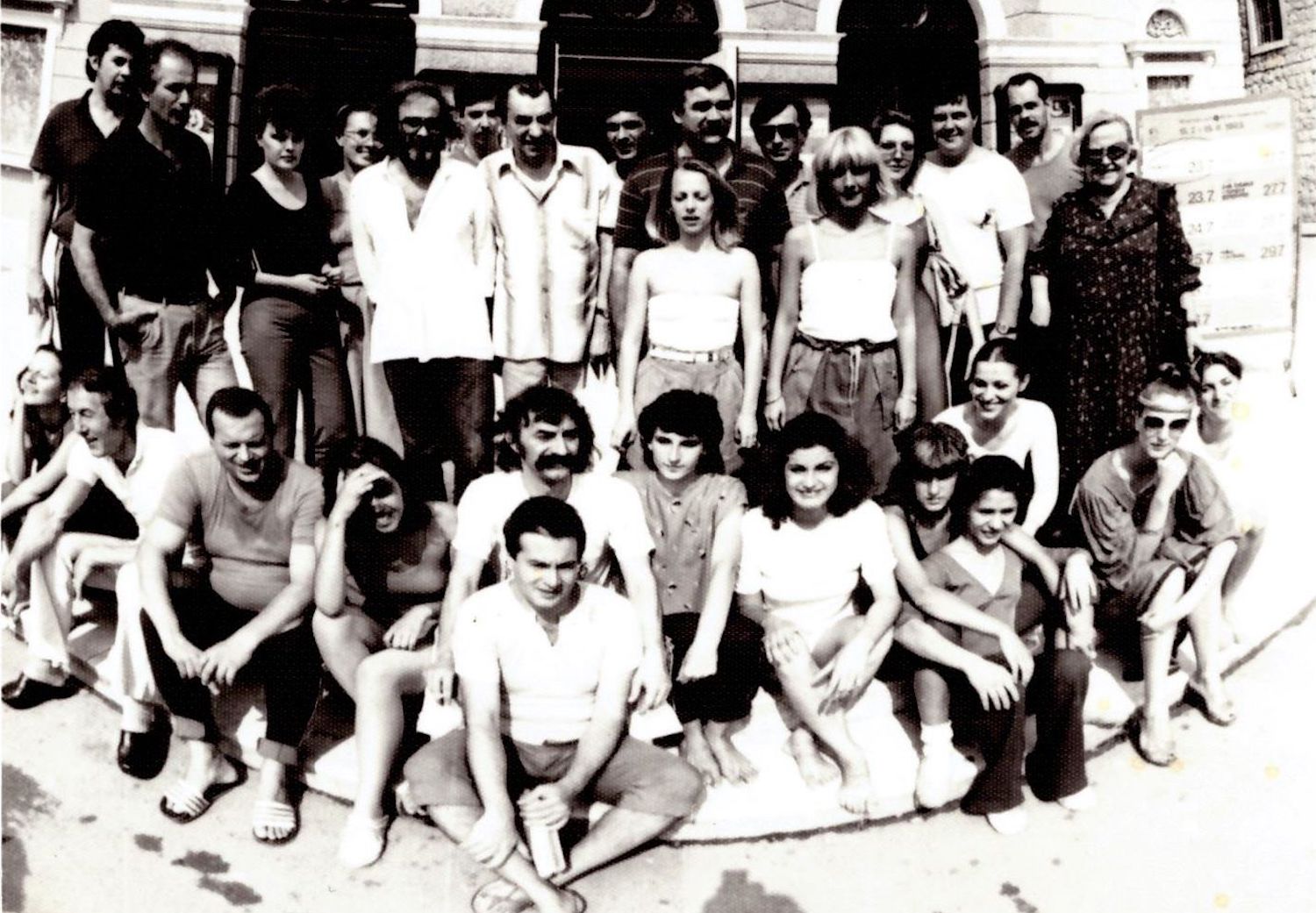
“People in Belgrade approached me,” Ristić remembers. “They said: ‘years of fierce anti-communism have killed everything Yugoslav. We need a programme to balance nationalistic orientations.’ That was my programme. I never changed my position, my ideological stance. I was in no position to refuse. It would not have been honest.” On 25 March 1995, at a party meeting in Belgrade’s Sava Centre, Ristić was duly elected the first president of JUL.
Meanwhile, the Ministry of Culture had granted KPGT one million Deutsche Marks (about $700,000) to turn The Sugar Factory — which holds cultural heritage status — into a centre for the arts. Work began in 1995, and over the next three years, Ristić and Palian (by then romantically involved) called in every favour, creative mind, and spare ounce of energy to begin constructing what Ristić hoped would become Serbia’s largest cultural space.
“We were not using theatre for political activism. We used political themes to tell the stories of life”
“We had carpenters, sculptors, painters,” remembers Palian, who led the design of the interior. “We brought in machines and made a workshop so that everything could be produced on site. Everyone brought their own ideas. We would argue till morning and come up with a solution. It was fantastic.”
As KPGT’s new theatre opened its doors in 1997, JUL were standing in their first elections. The Left Coalition, a group led by Milošević which included JUL and SPS, won 110 seats out of 250. They formed a government by entering a controversial alliance with the extreme nationalist Serbian Radical Party (SRS), who held 82 seats.
Meanwhile, the country’s economy was faltering. Milošević’s government desperately needed a cash injection and, following the election, Ristić was sent to London to negotiate the sale of Serbia’s telecoms infrastructure. He returned to Belgrade with a $1 billion agreement from Telecom Italia. While successful, the trip had underscored Ristić’s proximity to Milošević in the eyes of powers at home and abroad.
As the end of the decade approached, The Sugar Factory had become a jewel in Belgrade’s cultural crown. Daily performances regularly sold out, and the theatre’s Italian restaurant was thriving. Combined with operations in Subotica, KPGT now had a company of over 100, including a 50-strong dance troupe. Regular tours took them across the country — including Kosovo, where tensions had escalated into violence.
The KLA, an ethnic Albanian paramilitary group seeking Kosovar independence who had been receiving support from the USA, had become impossible for Belgrade to ignore following a series of attacks on Serb targets. After decades of stoking nationalist sentiment over Kosovo for his own political gain, Milošević responded with force. He sent the Yugoslav army in to quash the KLA, waging what the UN would later describe as a “systematic campaign of terror.”
Anything associated with Milošević, or communist Yugoslavia, came under attack; Ristić was on the end of both pitchforks
In 1999, NATO began bombing Serbia in a controversial move designed to force Milošević to withdraw his troops from Kosovo and allow an international force to assert control there. The devastating destruction of the country’s infrastructure (conveniently excluding its Italian-owned telecoms) put an end to further construction at The Sugar Factory. More ominously for Ristić, however, it strengthened support among Milošević‘s opponents, most notably the Democratic Opposition of Serbia (DOS).
Following alleged vote-rigging by Milošević in the September 2000 presidential election, DOS called for peaceful protests. The rallies gathered momentum until, on 5 October 2000, the police and military stepped aside as crowds set parliament alight and forced Milošević out. In elections held two months later, DOS won two thirds of the vote, while JUL received less than half of one per cent.
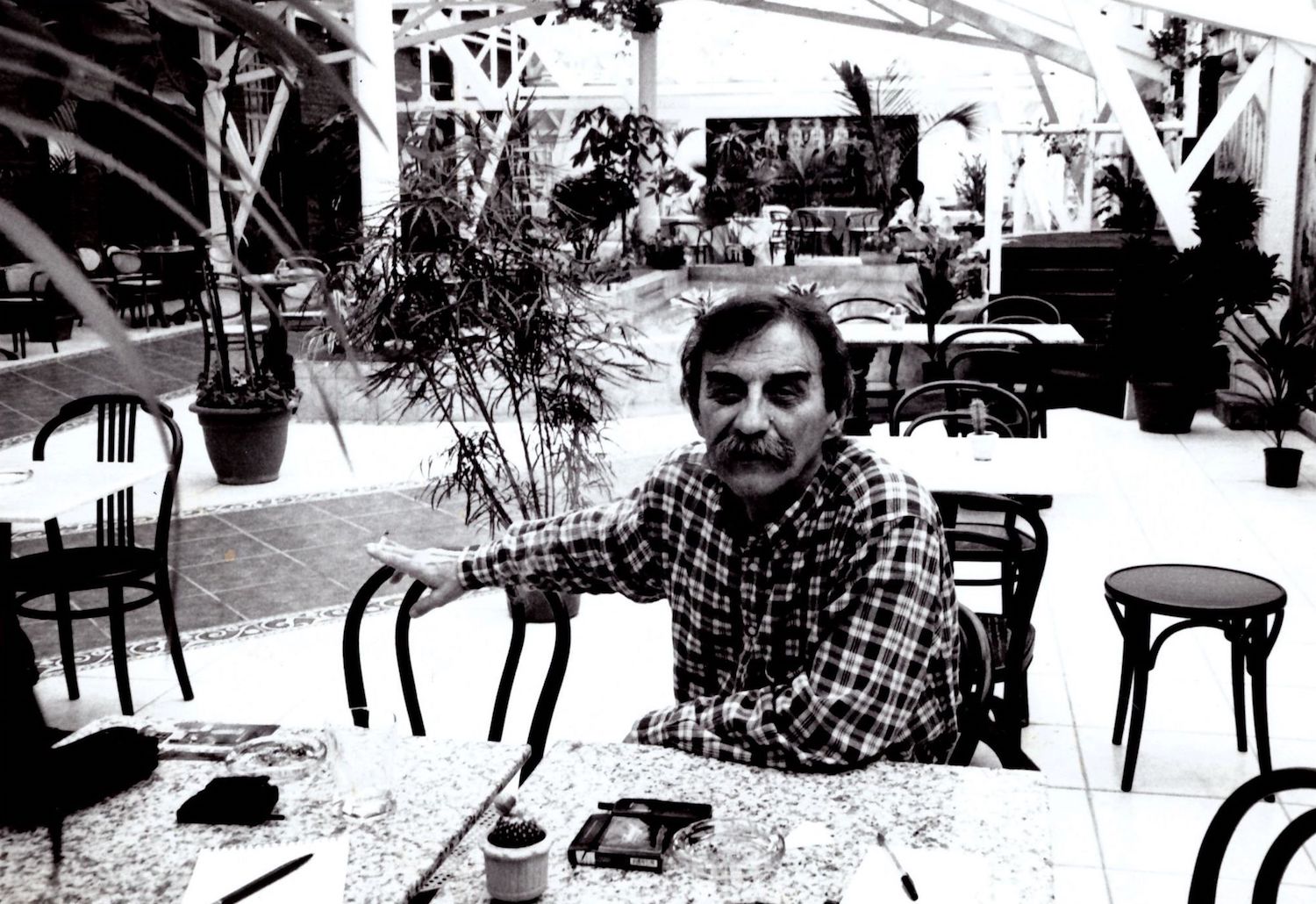
Five years earlier, the formation of JUL had given the communists hope of reviving “Yugoslav” values after the devastation wrought by the preceding years of war. But by aligning themselves so closely with Milošević and the nationalists, they had discredited themselves. JUL had, perhaps unwittingly, played a vital role in the divisive politics that had brought the nation to its knees and enabled forces fiercely opposed to their ideology to seize control. Ristić had chosen to join JUL at the highest level, working alongside Marković, to honour an unwavering loyalty to the state that his parents had risked their lives to establish. Now, he and KPGT would be punished for it.
The backlash began immediately. Anything associated with Milošević, or communist Yugoslavia, came under attack; Ristić was on the end of both pitchforks. “Everybody was against me,” he recalls. “I was too strong to be eliminated, but not strong enough to do anything other than survive.” For Palian, the simple fact that Ristić was “prominent, articulate, and promoting unified Yugoslav culture [meant] he had to be stopped.”
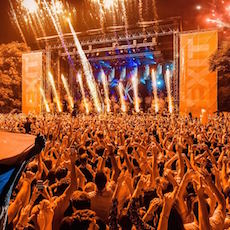
In Subotica, KPGT were evicted from the theatre they had spent 15 years nurturing, their costumes, posters, and props trashed. In Belgrade, sponsors evaporated and the theatre fell under commercial boycott. “We had no possibility to advertise,” Ristić says. “The critics didn’t come, and there were no articles in the papers. We were cut off from any possibility to work.” Without exposure, KPGT sank into the shadows, and without patrons to fill the tables, the restaurant closed.
While Ristić was exorcised by Serbia’s cultural elites and new democratic politicians alike, property tycoons circled The Sugar Factory in the hope of turning it into luxury flats. Water and electricity were regularly disconnected and police appeared at the site for no apparent reason. The theatre was only saved by the site’s heritage status, which made it impossible to exploit commercially. Instead of theatre, KPGT resorted to renting the space for concerts and raves. Up to 6,000 people would fill the complex, which hosted huge names like Goldie and David Guetta.
“Of course, they destroyed everything,” says Palian. “The beautiful wool carpets were covered in chewing gum and alcohol, the paintings had shoe-marks, the wallpaper was torn down. But we had no choice.”
When things got really bad, Ristić would reassure Palian: “We made this. They might take it away. But don’t worry, we’ll make something else.”
For two decades now, KPGT has struggled to survive. Today, the stage still lies dormant for months at a time, while the theatre slowly deteriorates around it. During cold winters, firewood from nearby trees provides heat. When they do perform, loyal followers still buy tickets, but the theatre’s reach has been all but eradicated. Indeed, ask a Belgrader under the age of 30 what KPGT is and most will tell you it’s a great club venue.
Nevertheless, Ristić retains a professorship at a Belgrade university and regularly hosts students at the theatre, often casting them in productions. These days, only those who study the history of Yugoslav culture have the opportunity to discover KPGT’s true significance.
“It was the complete elimination of groups and artists [from Yugoslavia],” Palian says. “Only the ones favoured by NATO were prosperous. For the past 20 years, they have destroyed everything that was created in [the previous] 50.”
It is true that Serbia is now suffering a cultural malaise. Innovation has stagnated and investment in the arts has waned. Writing in late 2017, Serbian theatre critic Aleksandar Milosavljević described the situation as a crisis: “If someone had told theatre professionals in Serbia that conditions would be worse today than during the rule of Milošević, they would have laughed. But the new, democratic Serbia’s commitments to theatre turned out to be empty promises.”
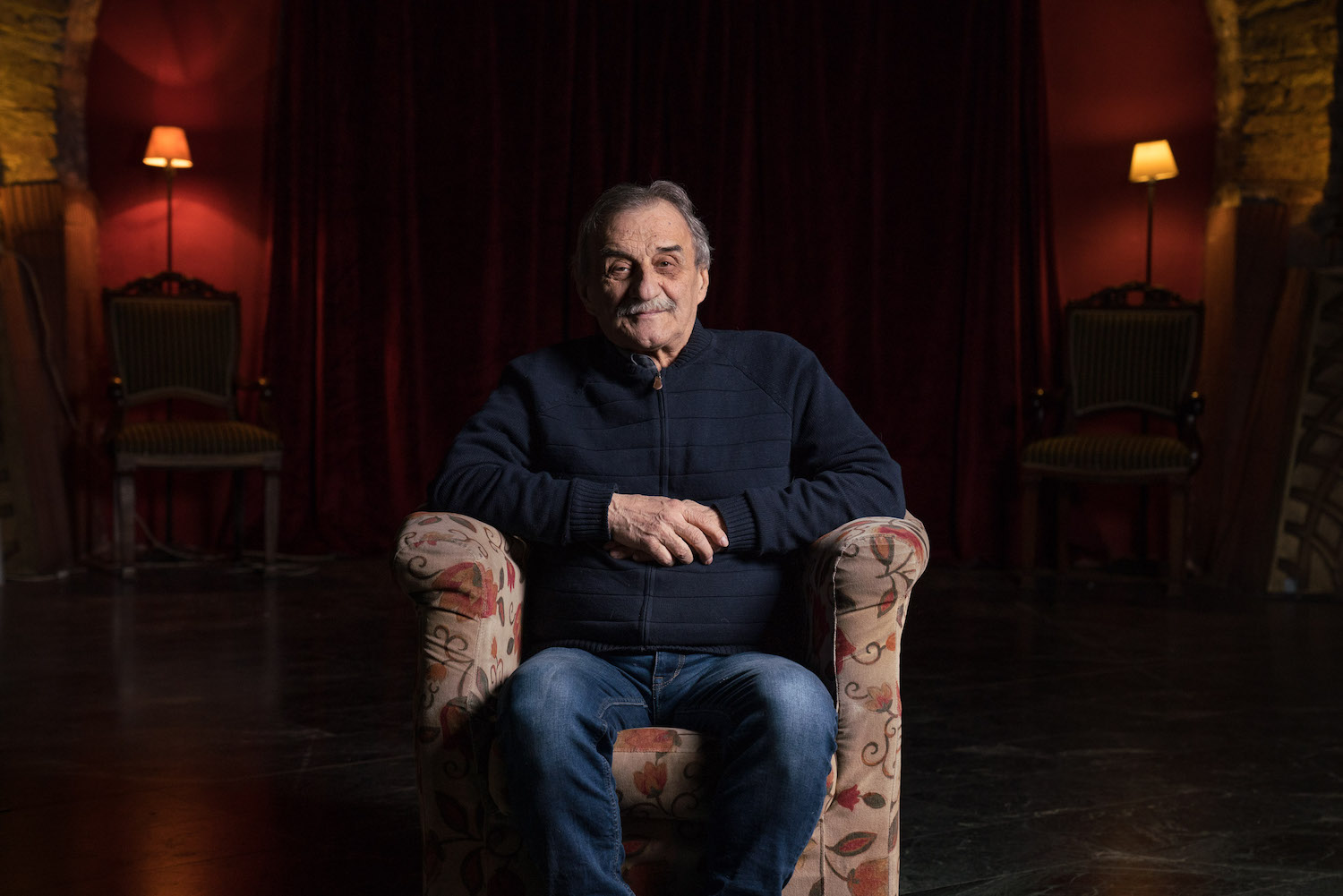
The curtain has not been drawn on KPGT yet, however. Last autumn, in a dramatic turn of events, Ristić was asked by the city of Belgrade — led by a former member of the radical nationalist SRS — to produce a one-off show to celebrate the 74th anniversary of the city’s liberation from the Nazis.
In typical Ristić fashion, the performance, entitled The Liberation of Belgrade in Five Images, treated its audience of diplomats and politicians (including the German and Russian ambassadors) to a journey through time and space, utilising different parts of The Sugar Factory to create dynamic, multi-sensory spectacles. In one scene, backlit figures filled four storeys of broken windows as the names of fallen partisan fighters echoed into the night.
“We lost our country. Like a goose in the fog, nobody knew where to go”
After the performance, the deputy mayor of Belgrade, Goran Vesić, announced that the city would buy The Sugar Factory, and, just as Ristić had once imagined, turn it into Serbia’s biggest cultural centre. KPGT would be given a budget of $1 million to organise a festival of the arts, to open in summer 2019. Vesić then went on national television to thank Ristić for his contribution to Serbian culture and his role in preserving The Sugar Factory.
But in March of this year, KPGT’s revival was dealt a double blow. As anti-government protests filled the streets, the city placed the festival on hold indefinitely. Shortly after, Ristić was rushed to hospital with a ruptured colon, which proved almost fatal. As of writing, he is recovering at home.
Whatever happens, the events of the past 20 years have already made their mark. Nevertheless, Ristić believes that the legacy of his troupe will prove important in addressing the issues that continue to plague the region. He notes an increasing number of scholars citing KPGT in their research. He identifies a common problem across the former Yugoslavia: “We lost our country. Like a goose in the fog, nobody knew where to go. Except the people who always know where to go.”
As for his art, Ristić is more downcast: “It’s a pity,” he says. “I was 52 when all this started. I had another 20 years of good work in me.”
